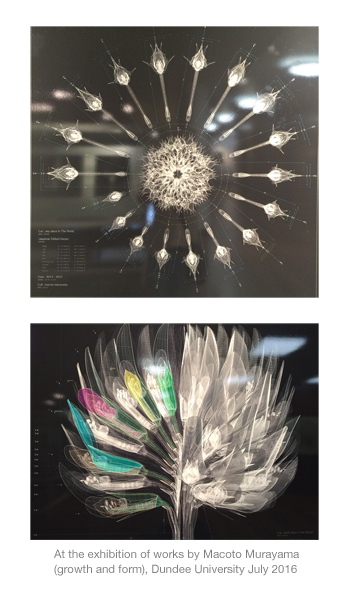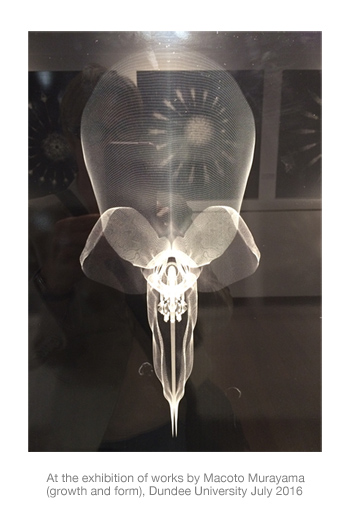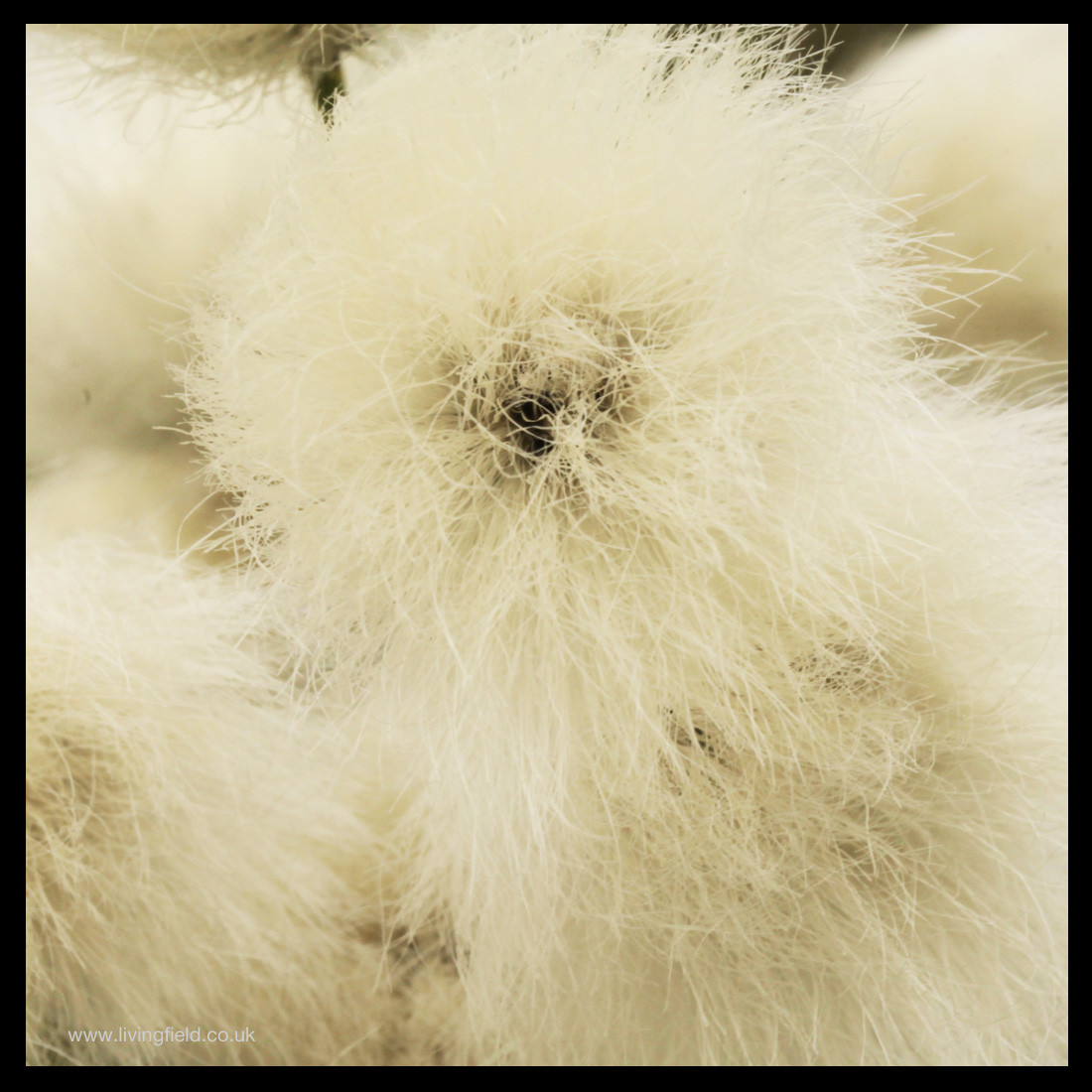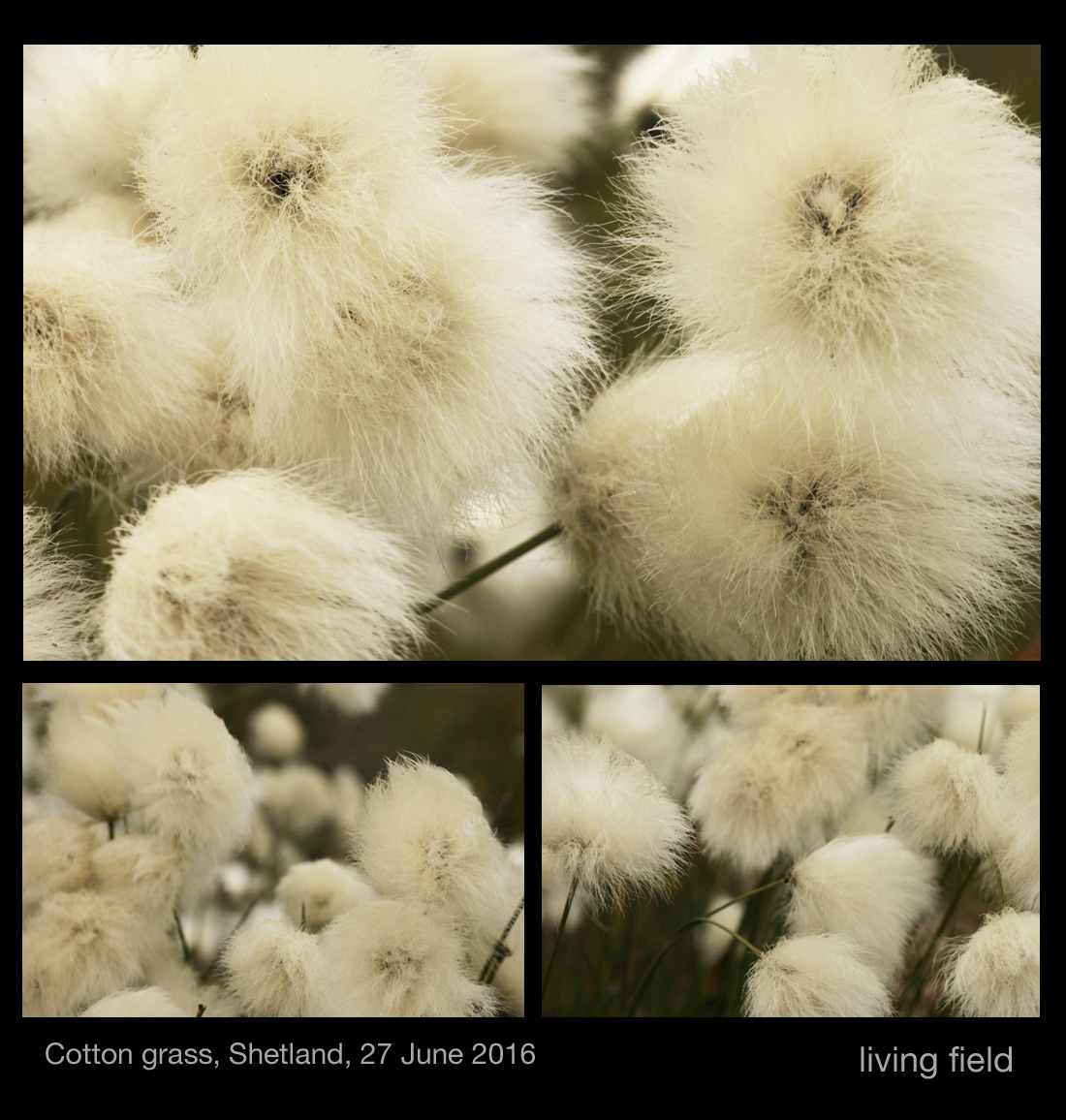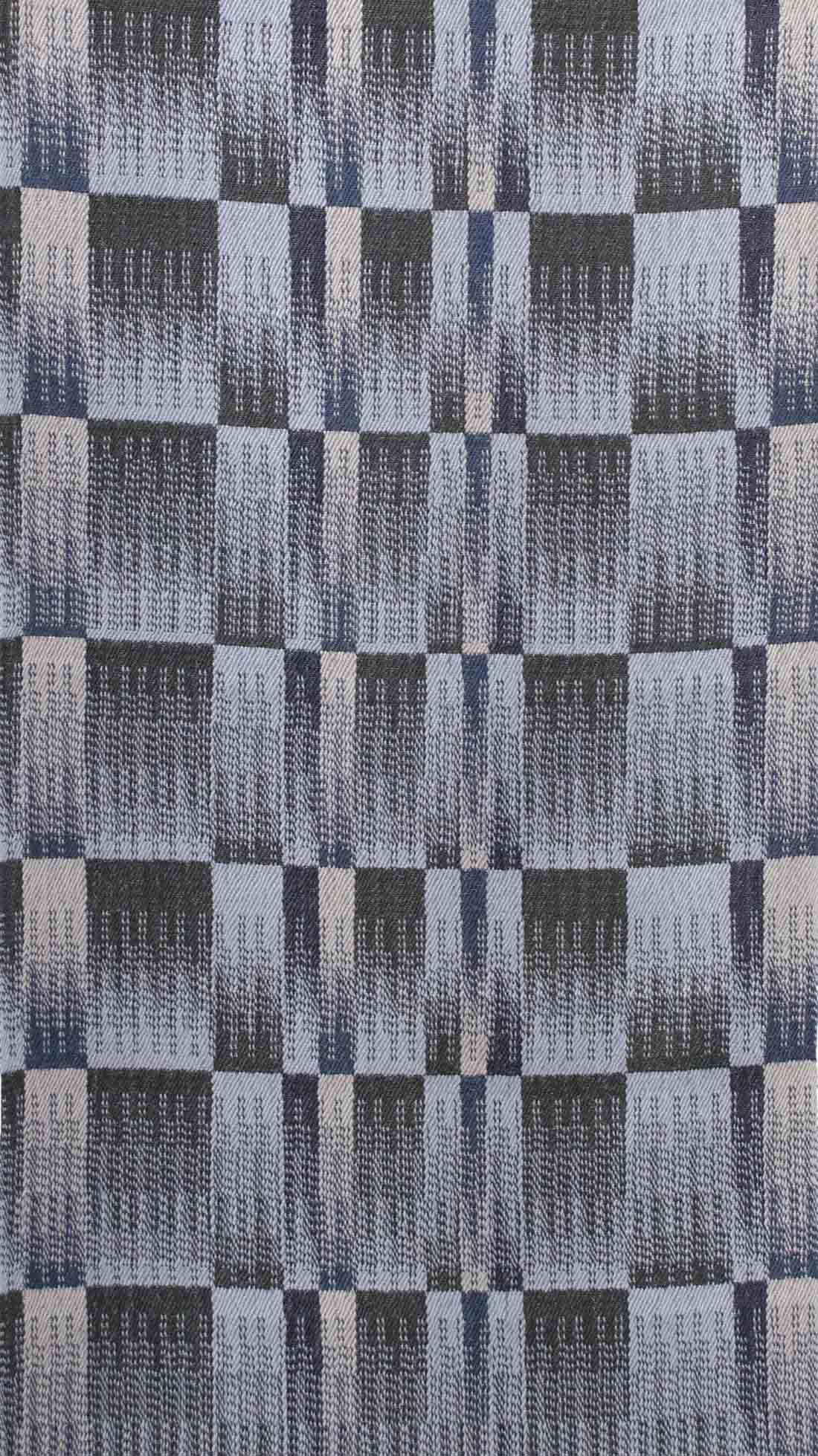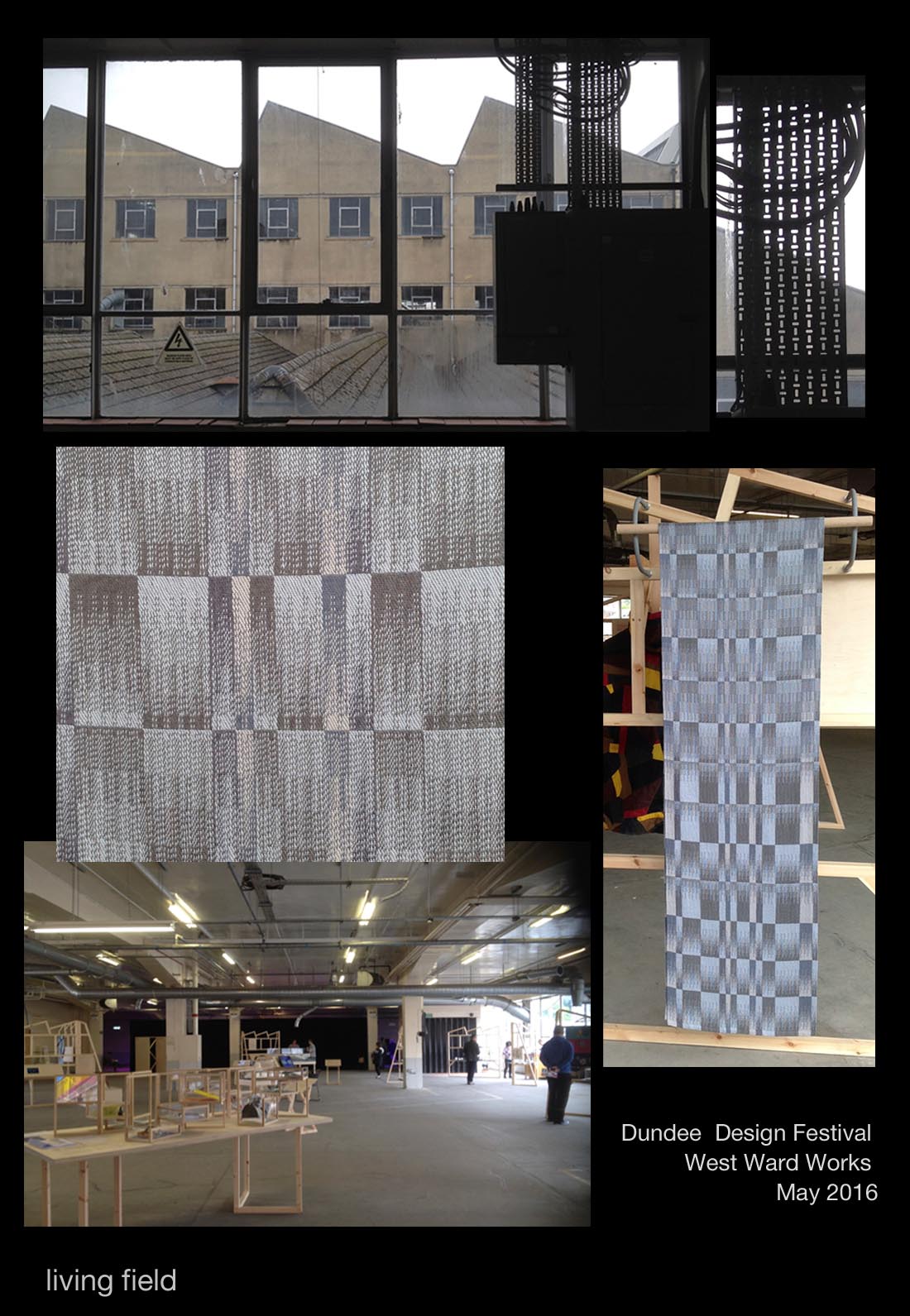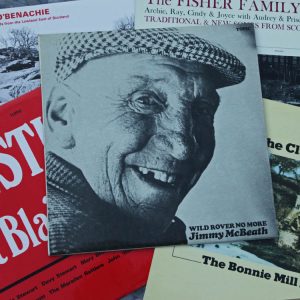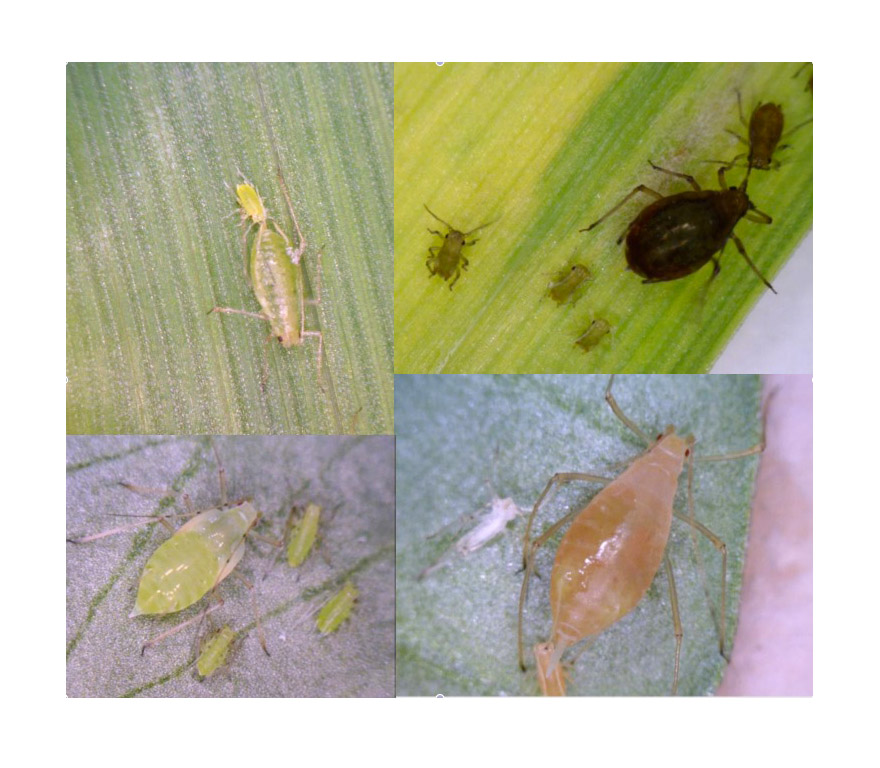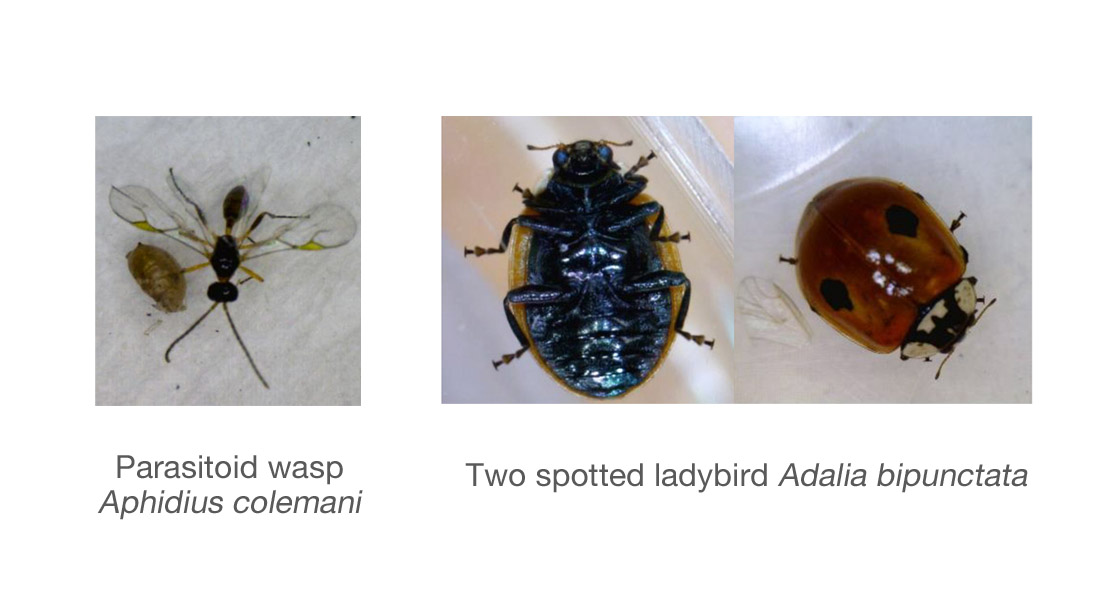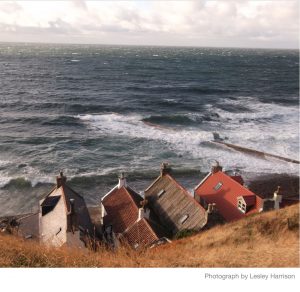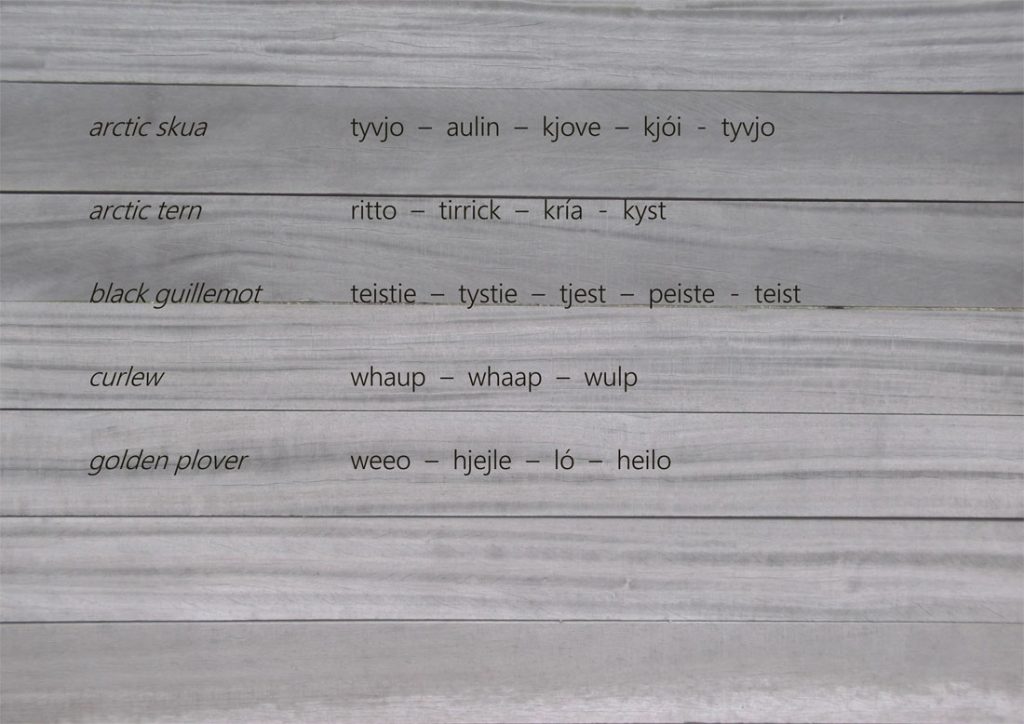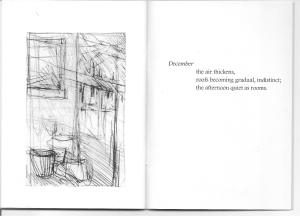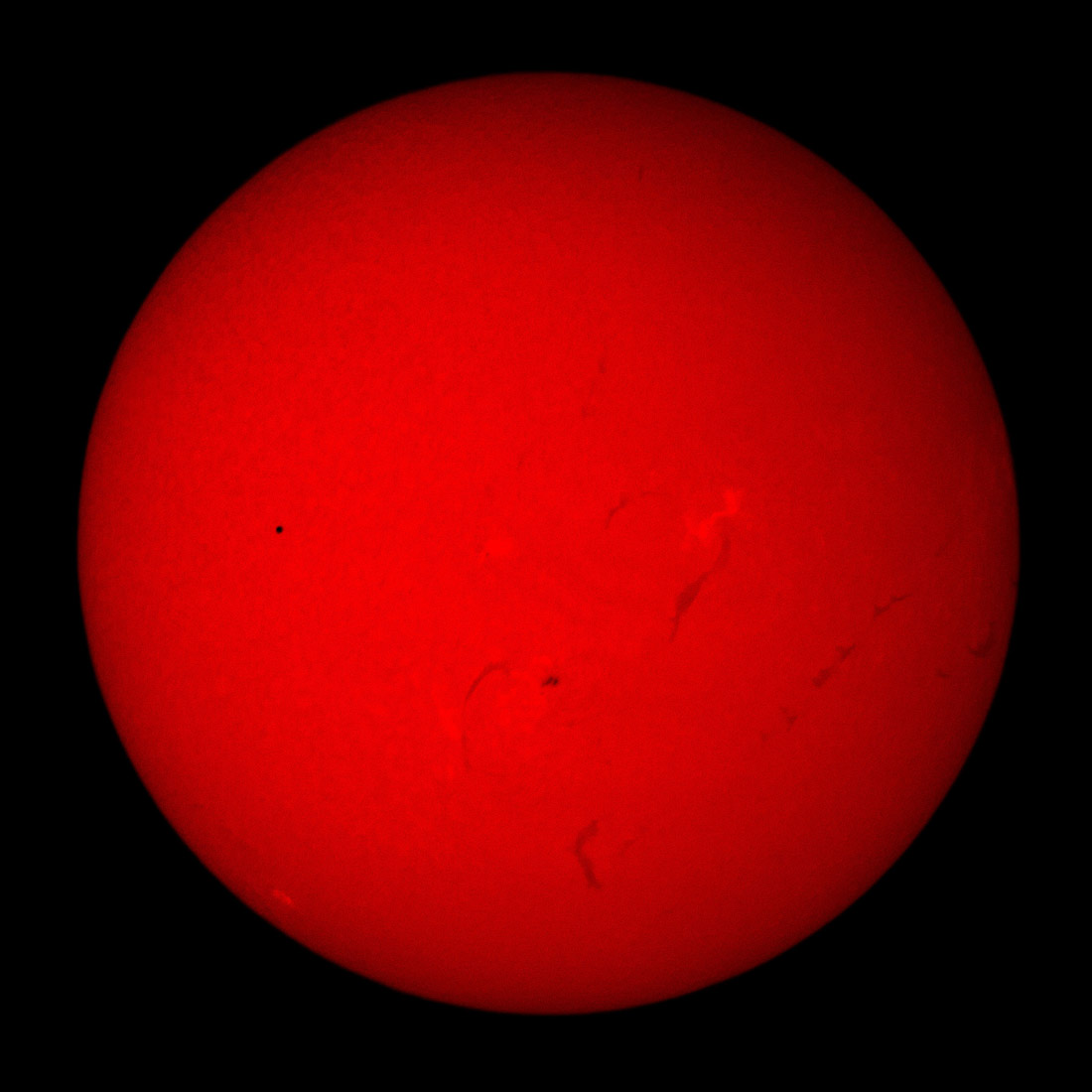Corn mills in Shetland, Orkney and the Western Isles; the horizontal water driven mechanism; locally managed and owned; bere and oat; the similarities of mills in in Europe and Asia.
“The praying machine of Thibet is, I believe, of similar construction.’ (Goudie, 1885-86)
Three small water mills, housed in stone huts, lie one below the other down a small waterway near Huxter in Shetland (HU 172572), west of Sandness and NW of Walls.
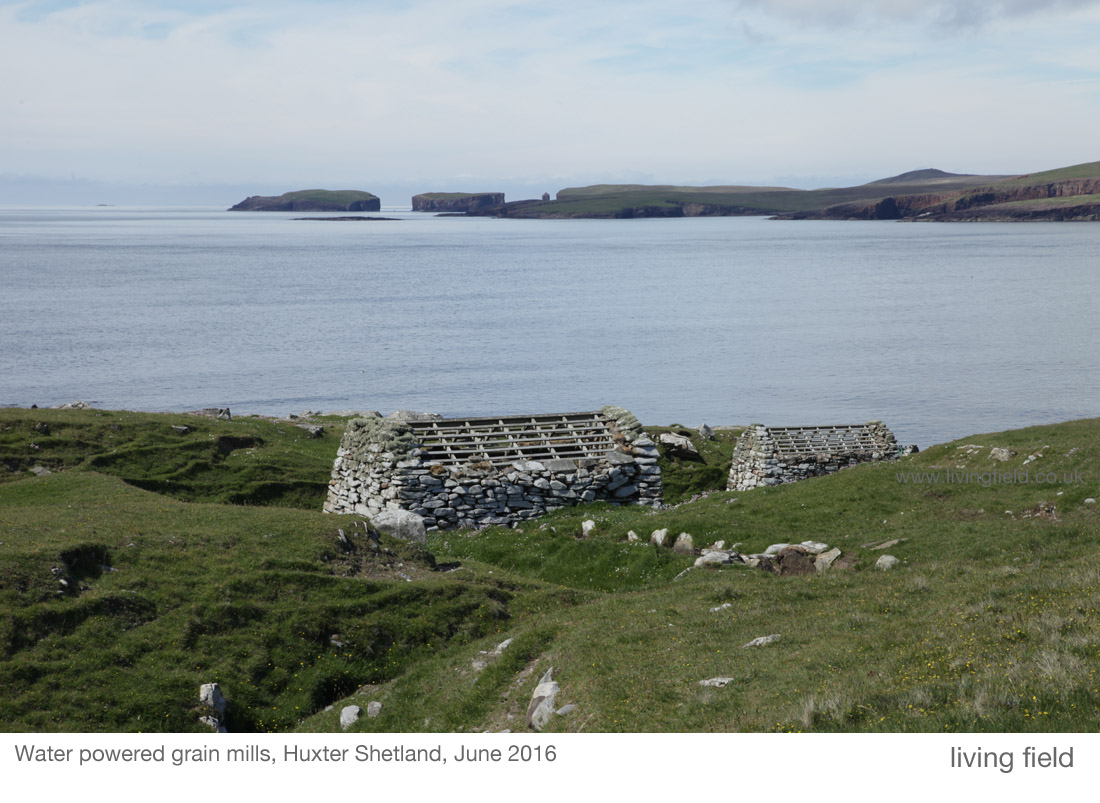
They must have been some advance over the saddle quern, which was still in use when Gilbert Goudie investigated Shetland’s horizontal mills in the 1880s. The mills were of a time when each family or group grew its own bere barley and oat and then ground it to meal, to eat.
The mills are small stone buildings constructed along a waterway or burn. They were locally made and owned, sometimes by several families. Goudie cites Evershed (1874): ‘No portion of the material is purchased, except a single clamp of iron”. The millstones are sourced locally.
The water is channeled off the waterway above the mill along a stone-lined lode (visible in the images below) which enters the mill to turn a paddle wheel under the floor. The mills are called ‘horizontal’ because the force of water turns the paddles in a horizontal plane, rather than vertically as in the later water wheels of the type at Birsay in Orkney.
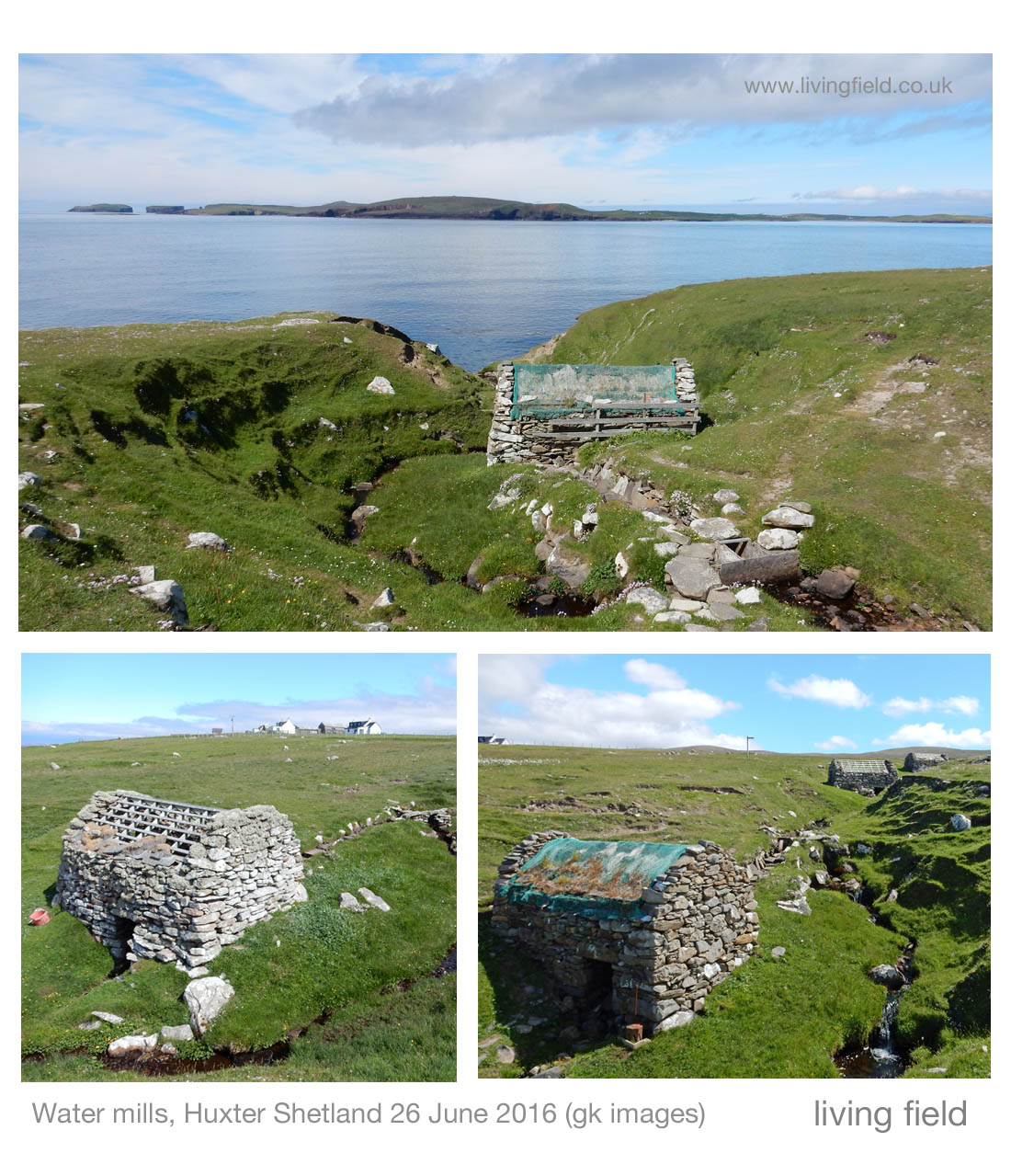
The paddles drive a vertical iron rod, fixed so it turns the upper of two millstones (up to 3 ft diameter) in the room above. After passing through the paddles, the water then runs out to rejoin the waterway and on to the next mill.
There’s no sign of corn crops in this area today – it is all grazing. Yields of corn are uneconomical now and people can import their bread, rice and pasta from other regions, as do most others in the Atlantic croplands.
But what did bere look like? The photograph below shows a bere landrace from Eday, Orkney, grown in the Living Field garden in 2015. Bere in Shetland in the 1800s would have looked much like this – very different from today’s two-row types, but not quite a six-row barley.
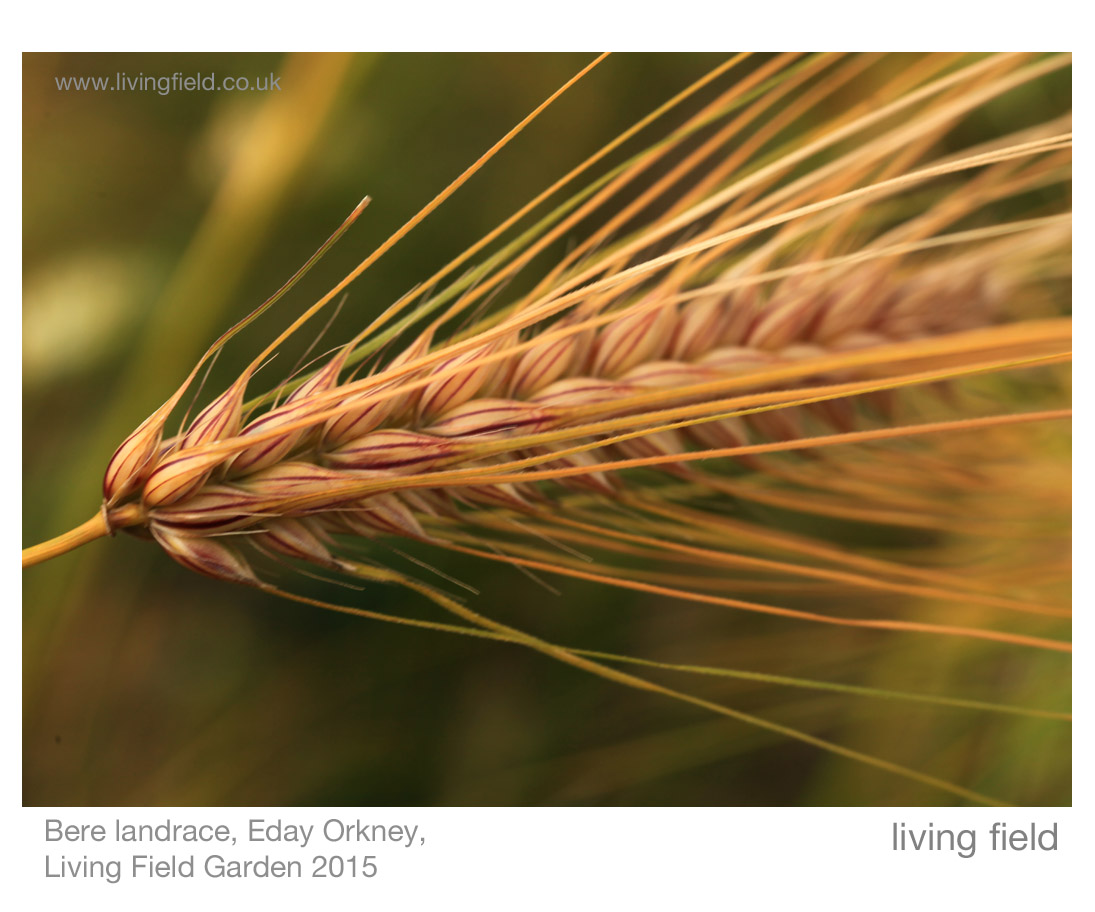
But in the later 1800s, the people here probably grew mainly oat, as they did all over Scotland. But which oat – a landrace of the nutritious common oat Avena sativa or one of the black oat Avena strigosa? Those concerned with the industrial archaeology of the late 1800s rarely noted the crops.
Easier than a saddle quern
The mills were reported by Goudie to grind a bushel an hour. Depending on conversion factors, a bushel (volume) is equal to about 22 kg of bere – which is equivalent to about 15 kitchen-sized bags of flour or meal, though the actual yield of pure meal would be less because of all the chaff (husks, awns) that would have to be be discarded. So not a bad yield for an hour’s work!
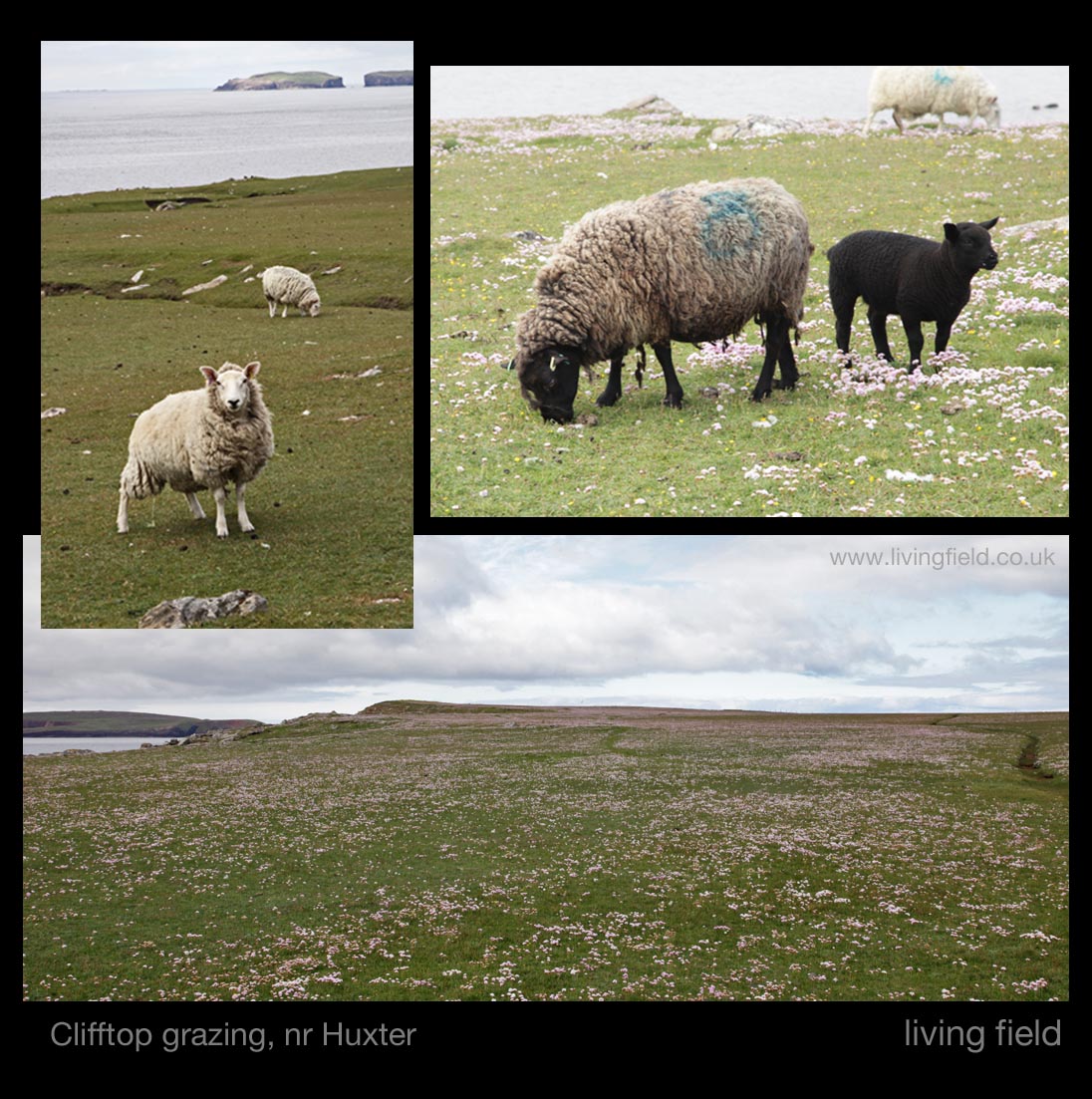
Horizontal mills in history
Horizontal water mills had been in use for many hundreds of years when Goudie wrote his account. Both Goudy (1885-86) and Wilson (1960) point to the almost global occurrence of these machines, stretching from eastern Europe and Asia to Shetland and the Faroe Islands. Wilson illustrates characteristic types of mill wheel – Shetland, Irish, Alpine, Israel, Balkan – the design transferred in antiquity across the land masses of Europe and Asia, evidence of the connectedness of the northern islands to the wider world.
So how and when did they get to Shetland? These authors note that despite the similarity between mills in Shetland, the Faroe Islands and Norway, suggesting a common ancestry (9th C?), there is no evidence to confirm the direction of travel. Goudie also points to similar constructions in eastern Europe and Asia, and concludes:
“Almost obliterated as it is elsewhere, it is here still to be found in extraordinary numbers” and “… almost in Shetland only, that we find it in active operation …”.
One factor that hastened the loss of these mills was the (not untypical) action of a landowner, who constructed his own big mill, and then dissuaded families to abandon their small enterprises and pay for the use of his.
Certainly, the mills work no longer to grind meal, except as archaeological curiosities. The last one at Dounby in Orkney was taken over by The Office of Works in 1932.
But what a location! Imagine harvesting and milling bere or oat here on a fine day: sheep on coastal grazing, the Island of Papa Stour over the Bay and Vinland over an unbroken stretch of ocean to the west.
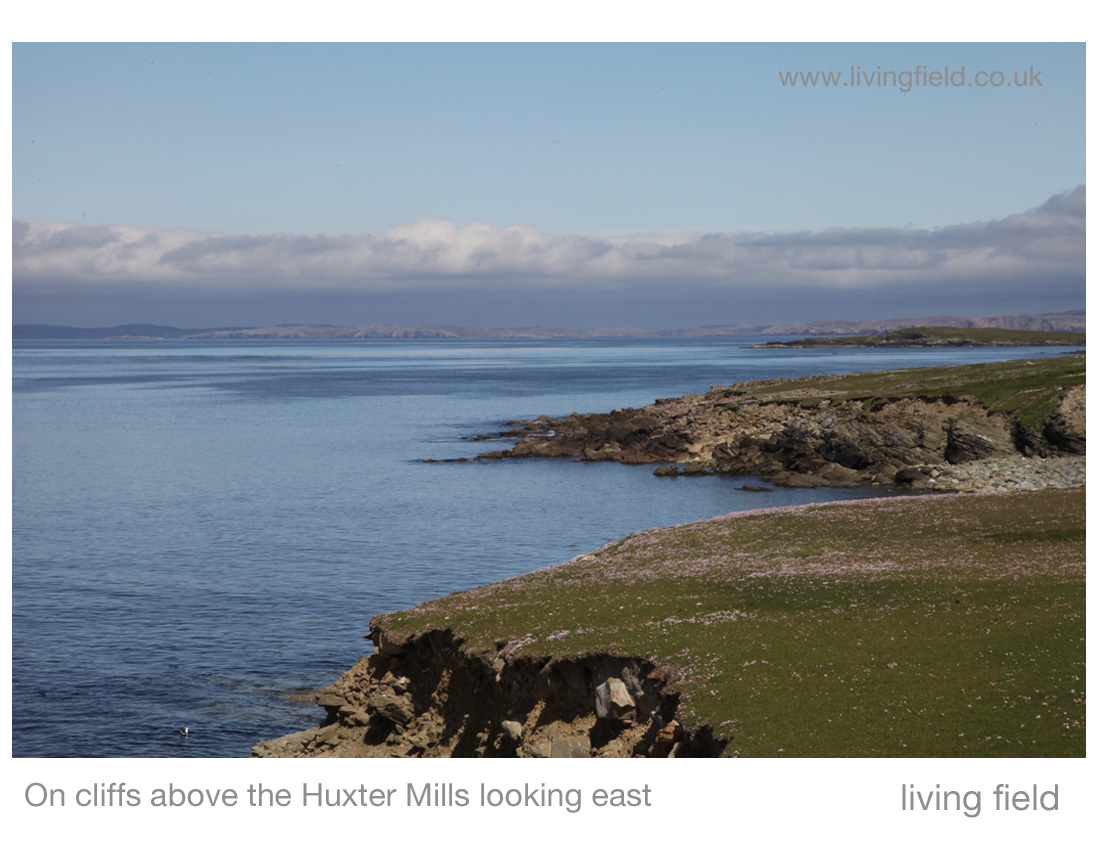
Sources, references
Main sources are Goudie and Wilson – both give diagrams of the mechanism
Goudie, Gilbert. 1885-1886. On the horizontal water mills of Shetland. Proceedings of the Society of Antiquaries of Scotland 20, 257-97. Available online via the Archaeology Data Service: http://archaeologydataservice.ac.uk/archives/view/psas/volumes.cfm then click on Volume 20 and scroll down to a PDF of the article.
Wilson, Paul N. 1960. Watermills with horizontal wheel. Society for the Protection of Ancient Buildings (London). Titus Wilson & Son ltd, Kendal. Available online: try http://www.fastonline.org/CD3WD_40/JF/430/22-526.pdf
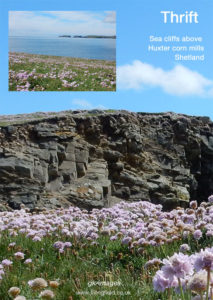 Further diagrams and general information
Further diagrams and general information
Cruden SH. 1948. The horizontal water-mill at Dounby, on the mainland of Orkney. Search: Archaeology Data Service / Archives (shows photograph of the Huxter Mills).
http://sihs.co.uk/features-waterwheel.htm
https://canmore.org.uk/site/69376/huxter-norse-mill
Another mill of similar type at Eshaness
http://www.heard.shetland.co.uk/Projects/Project8.htm
Fenton A. 1978. The Northern Isles: Orkney and Shetland. New edition 1997.
Article and images, taken 26 June 2016: Squire / Living Field; except where stated by gk images.
[Last update 15 July 2016]
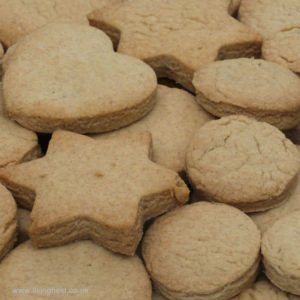 flour ( not plain)
flour ( not plain)






